The Pikes Peak International Hill Climb, often referred to as "The Race to the Clouds," has long been a proving ground for automotive innovation and driver skill. Nestled in the Colorado Rockies, this grueling 12.42-mile course ascends 4,720 feet to the summit at 14,115 feet above sea level. With 156 turns and rapidly thinning air, it’s a challenge that separates the bold from the broken. But in recent years, a new contender has emerged—electric vehicles (EVs)—and their performance is rewriting the history books.
For decades, internal combustion engines dominated Pikes Peak. The roar of turbocharged engines and the smell of burning fuel were synonymous with the event. Then, in 2015, something extraordinary happened. Rhys Millen piloted an all-electric prototype, the e0 PP100, to a podium finish. It was a glimpse of the future, but no one could have predicted how quickly that future would arrive. Just three years later, Volkswagen’s I.D. R shattered the overall record with a blistering 7:57.148, becoming the first car—electric or otherwise—to break the eight-minute barrier. The automotive world was left stunned.
What makes EVs so formidable on Pikes Peak? The answer lies in their unique advantages at altitude. Traditional engines gasp for oxygen as the air thins, losing up to 30% of their power by the summit. Electric motors, unaffected by atmospheric conditions, deliver consistent thrust from start to finish. Instant torque allows for explosive acceleration out of countless hairpins, while regenerative braking systems recover energy during the descent-like sections. The I.D. R, for instance, could accelerate from 0-60 mph in 2.25 seconds—faster than a Formula 1 car at the time.
But raw speed is only part of the story. The engineering behind these electric monsters is equally fascinating. Battery packs must balance energy density with weight—too heavy, and cornering suffers; too light, and the car risks running out of juice before the finish. Thermal management becomes critical, as sustained high-power output can overheat components. Volkswagen’s team engineered a liquid-cooled battery system that maintained optimal temperatures throughout the I.D. R’s record run, a feat comparable to keeping an ice cube frozen in a blast furnace.
The driver’s role evolves in an EV assault on Pikes Peak. Without gearshifts or engine noise, pilots rely on subtle cues like motor whine and battery telemetry. "It’s like driving a spaceship," remarked Romain Dumas after his record run in the I.D. R. The absence of vibration and immediate power delivery demand a recalibration of reflexes. Some veterans claim electric powertrains actually make the course harder—speeds are higher, margins for error smaller. When you’re carrying 20% more velocity into Turn 5, there’s no room for miscalculation.
Skeptics initially dismissed EV victories as flukes or publicity stunts. Then came the 2021 event, where electric vehicles claimed five class records in a single day. The Unplugged Performance Tesla Model S, a modified production car, clocked 9:36.559—faster than many purpose-built race cars of the past. Meanwhile, the Acura TLX Type S PMC Edition, representing the pinnacle of internal combustion engineering, trailed by over a minute. The message was clear: electrons had surpassed hydrocarbons on America’s most demanding hill.
Looking ahead, the question isn’t whether EVs will continue dominating Pikes Peak, but how much faster they can go. Engineers whisper about solid-state batteries that could shave another minute off the record. Autonomous systems might one day challenge human-driven times. Yet for all the technology, the mountain remains the ultimate adversary—its switchbacks unfazed by progress, its finish line still tasting of triumph and gasoline… for now.
As sunset paints the Rockies crimson, a new generation of silent speed demons whispers up the slopes. Their tires scream where their motors don’t, their carbon fiber wings slicing air too thin for most engines to breathe. The ghosts of piston-powered legends watch from the pines, their roars fading into memory. At Pikes Peak, the future arrived not with a bang, but with the relentless hum of electric ambition—and it’s only getting started.
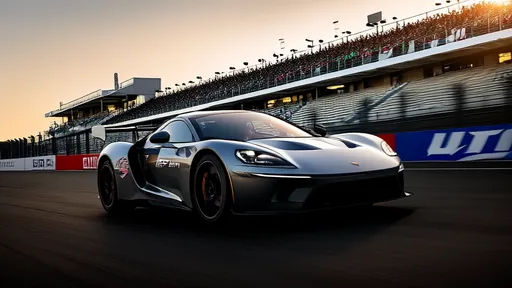
By /Jun 14, 2025
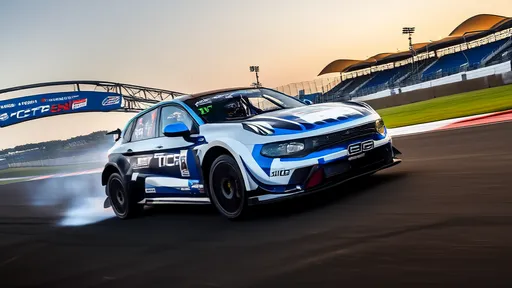
By /Jun 14, 2025
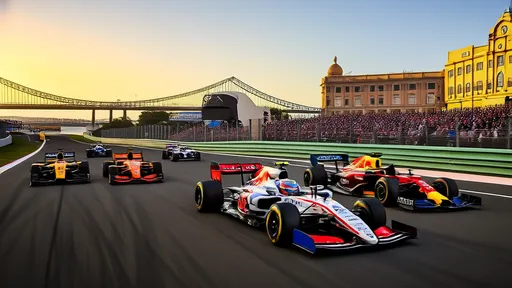
By /Jun 14, 2025

By /Jun 14, 2025
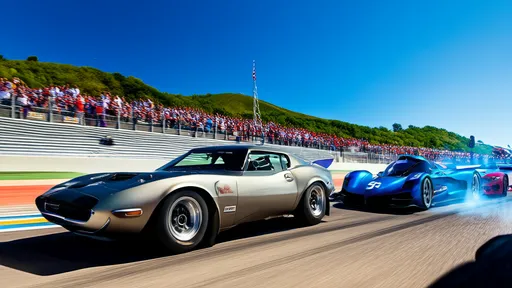
By /Jun 14, 2025
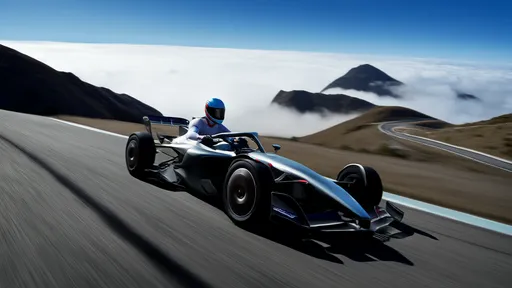
By /Jun 14, 2025

By /Jun 14, 2025
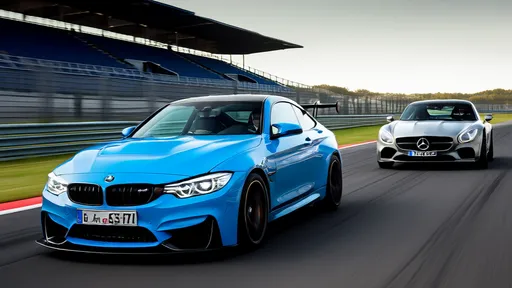
By /Jun 14, 2025
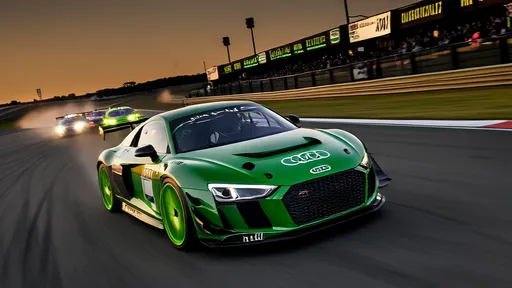
By /Jun 14, 2025

By /Jun 14, 2025

By /Jun 14, 2025
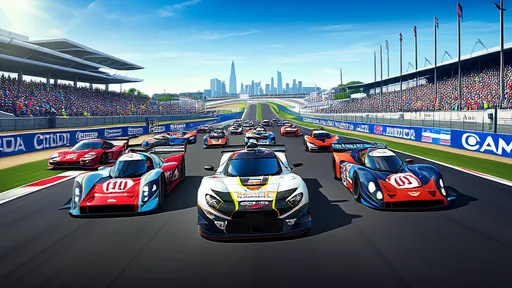
By /Jun 14, 2025
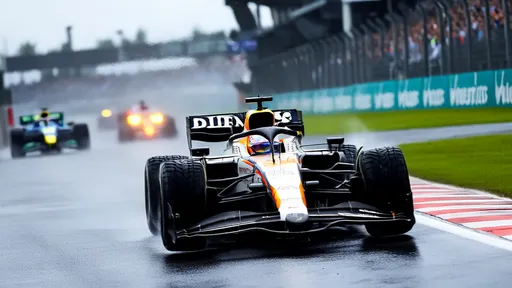
By /Jun 14, 2025

By /Jun 14, 2025

By /Jun 14, 2025

By /Jun 14, 2025
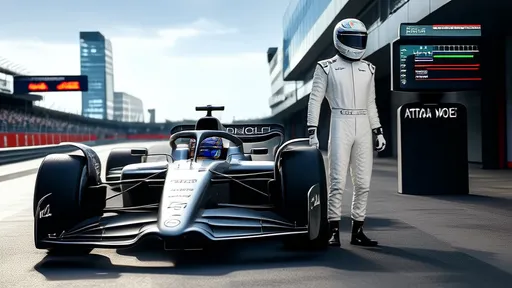
By /Jun 14, 2025